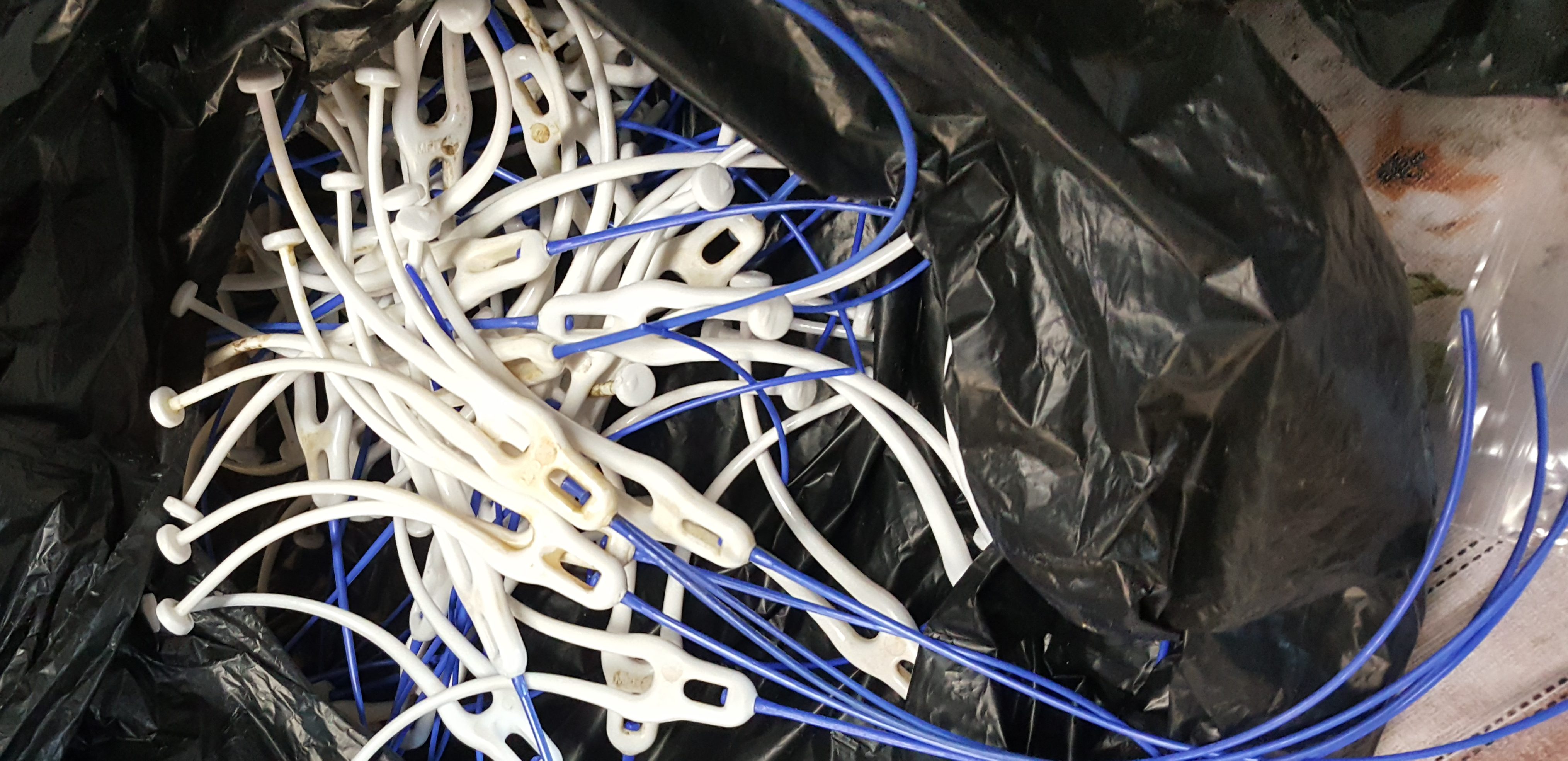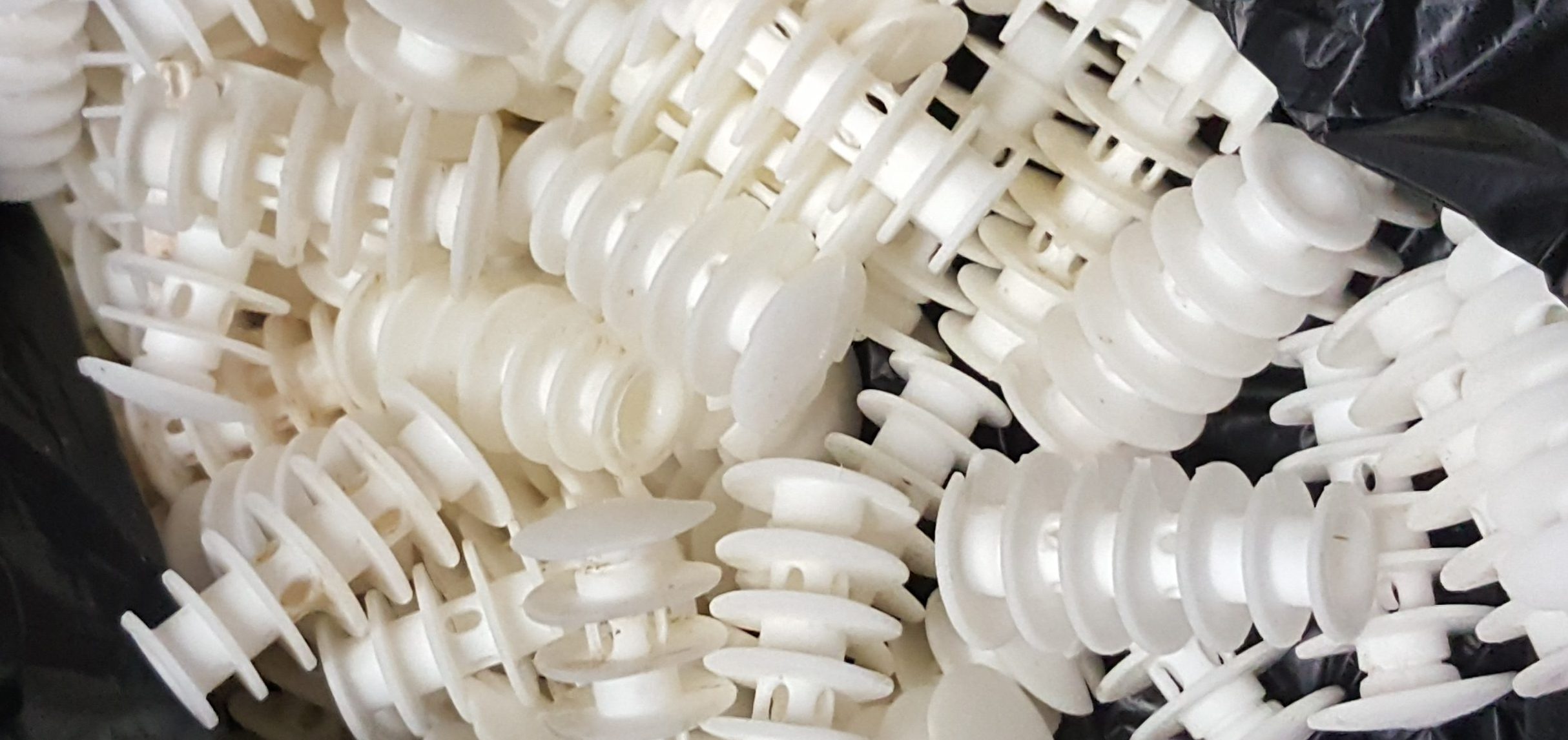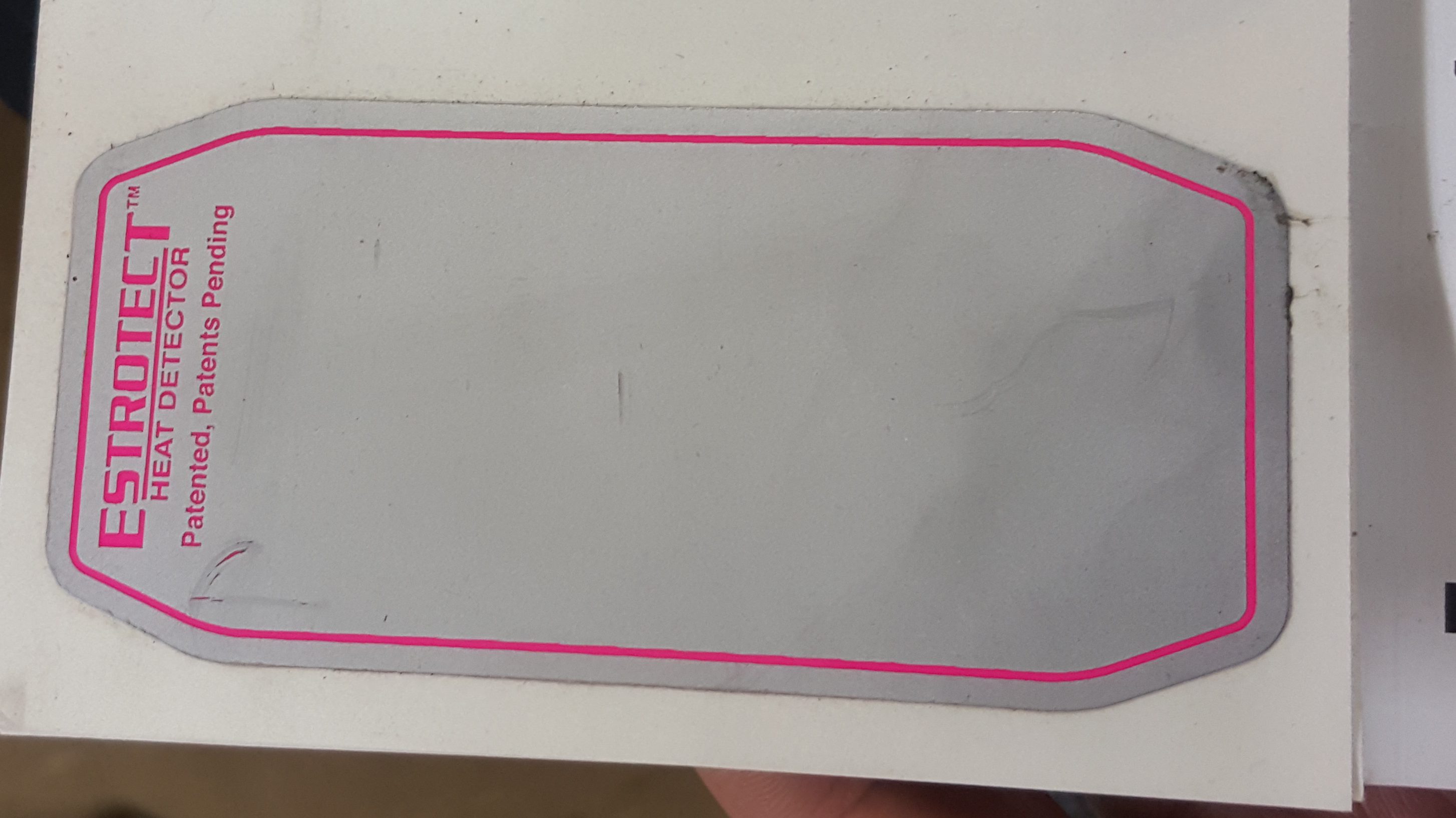Short background & my own experience with Artificial Insemination
Let’s take a step back and see where this tradition came from in short. In the early 20st century men thought that the lactacion performance of a cow could be an indicator for good heredity. Daughter–dam (daughter-mother relationships) comparisons were used for many decades and genetic progress was yet minimal. Artificial insemination started around 1940, electronic ear tags were introduced in 1936 to be able to register each (female) cow. Once artificial insemination and progency testing (offspring testing) were coupled with herdmate comparison methods the industry was able to create more accurate accounting for environmental factors and genetic progress, more so when the computer was introduced to the farm. Farmers were able to create models and performance data optimally and were enabled to make accurate selection decisions. This led to a revolution in dairy cattle dairy breeding, which accelerated the pace of scientific discovery and genetic progress rapidly. AI allowed farmers to fully capture the benefits of distributing the semen of young bulls to dozens or hundreds of herds with different geographical locations, environmental conditions, and management practices.
Fun fact: the first artificial insemination was performed on dogs in 1780 by an Italian scientist. He proved that not the liquid of the semen is important but the spermatozoa (Agritech Portal, 2015).
If you want to read about the future of genetic selection, check out this blog post. If you want to read what happens during artificial insemination, continue here:
How does it look like in real life?
I have only experienced it once at a cattle farm with heifers (cows that have not had a calf yet) in Australia. The process looked the following:
1. Stage
About 6 weeks before the timed AI (artificial insemination) you collect all the cows that you want to become pregnant and put them in one line. Every single cow gets pushed a a kind of tampon in their vagina which contains hormones. Below you can see two pictures. The pictures below shows the tampons, rubber with hormones on it and a heat detector (left to right). As a farm helper we had to put the hormones on the plastic tampons. As a woman we were told to be careful as these hormones could affect us, too. Once ready (we had prepared around 100 pieces that day), you get the herd together and use a special tool to insert the white inside the vagina and leave the blue bit hanging outside. That is why I call it a tampon.
The hormones help to get a herd of cows collectively ready to mate, which means you can impregnate them at the same time. Kind of when girls who spend a lot of time together, at some point have matching period cycles. The same happens here only with human and hormonal intervention. Next to the ‘tampons’ you put a plaster called heat detector on the back of cow just above the tail. This shows you at a later stage if they are ready for AI.
2. Stage
After a couple of weeks you take out the tampon to have the vagina empty. Yes, I chose these words on purpose. You also strip off the hormone bit to throw it away and clean the tampon tool to reuse it.
You get the herd together again into a long line, which causes them a lot of stress. In the meantime you watch that patch on the back of the cows. I actually do not remember when we took them off but maybe someone else knows it? The are similar to a lottery scratch as they have a silver cover and they turn pink when the cow is ‘on heat’. What does that mean? On heat means the cow is ready for mating, the hormones have kicked, it is looking for the bull or any kind of sexual contact. The cows start humping each other (remember there is only females in the herd) and that is the reason that it is placed on the back just above the tail because there you can see if there has been movement. This way we could detect if the cows were ready for AI or not.
3. Stage
Then it is time for timed AI. The heat detectors are off, the cows have gotten additional vitamins and then they receive a long, very thin semen straw. This one has been kept in warm water for a minute to convert the frozen semen into liquid (the sperms become motile). That semen straw is in a so called AI gum. And then:
“The inseminator will insert the gloved left hand into the rectum after applying the soft soap or other lubricant on the glove and back racked the animal, and the hand is further inserted and will catch hold the cervix through rectal wall. The A.I gum loaded with semen straw is passed.” (Argitech Portal, 2015)
And this is it. The cow is impregnated and in a couple of weeks the farmer or vet will check if she is pregnant indeed. This I also tried and you put your hand in the rectum of the cow to feel if there is a baby calf in there. I didn’t feel anything but the vet was promising me that there was a newborn in there.
There is one thing I want to point out. Before you blame the farmer who is practicing this every year, consider your consumer behaviour. It is easy to blame the practicioner, however, there is always two sides and this is one that we as consumers should definitely consider.
I tend to forget that I didn’t know how AI works before working on a farm, so I hope this explains it a bit better to all my city friends and cow lovers. A cow doesn’t simply give milk anymore, there is a lot more to it and I hope I can show you a bit of it. However, I would love to hear your opinion on this. Have you heard about this in such detail before? Were you aware of what is happening? Let me know in the comments or get in touch via Social Media. Let’s connect!
Love,
Marlena



